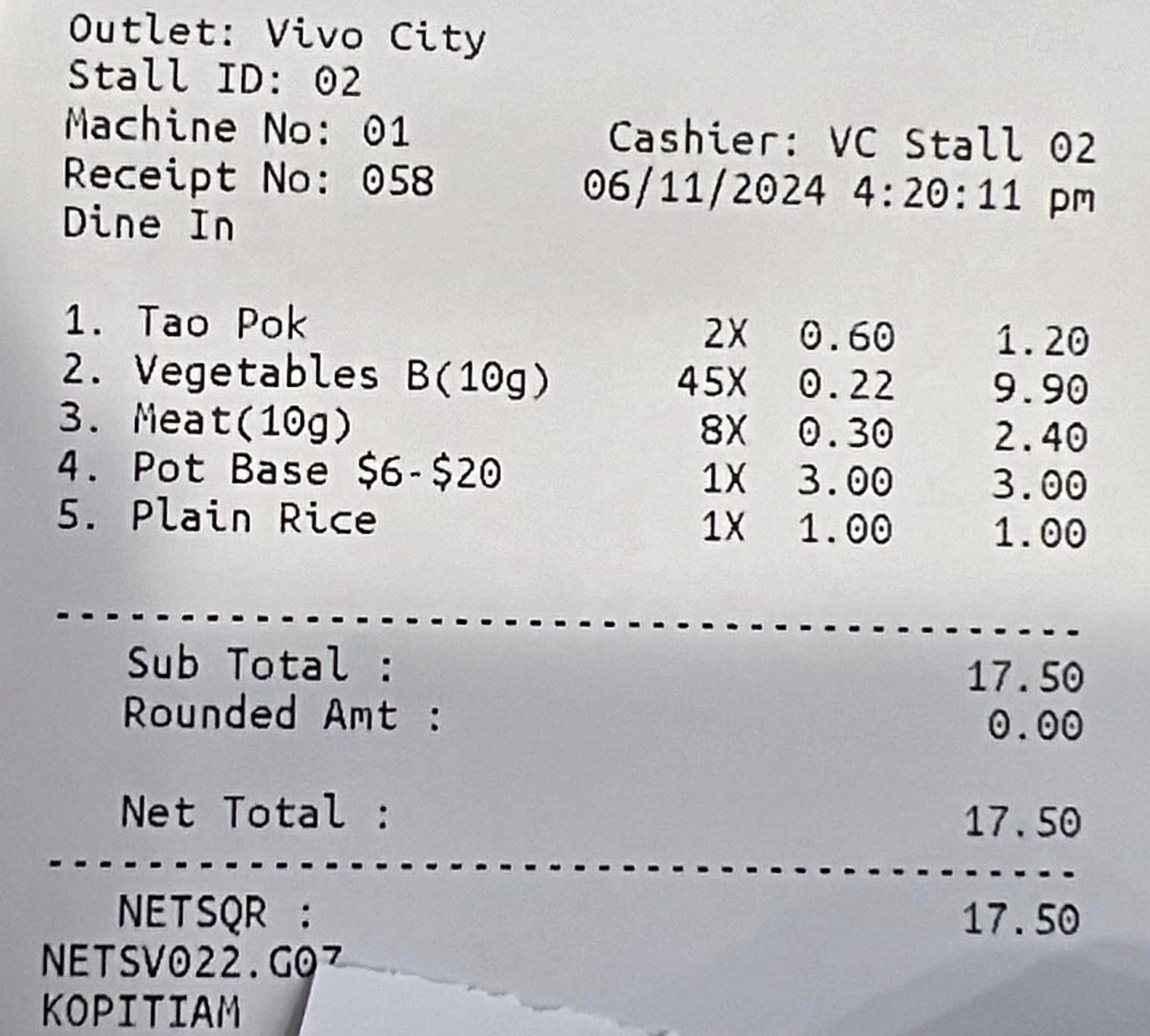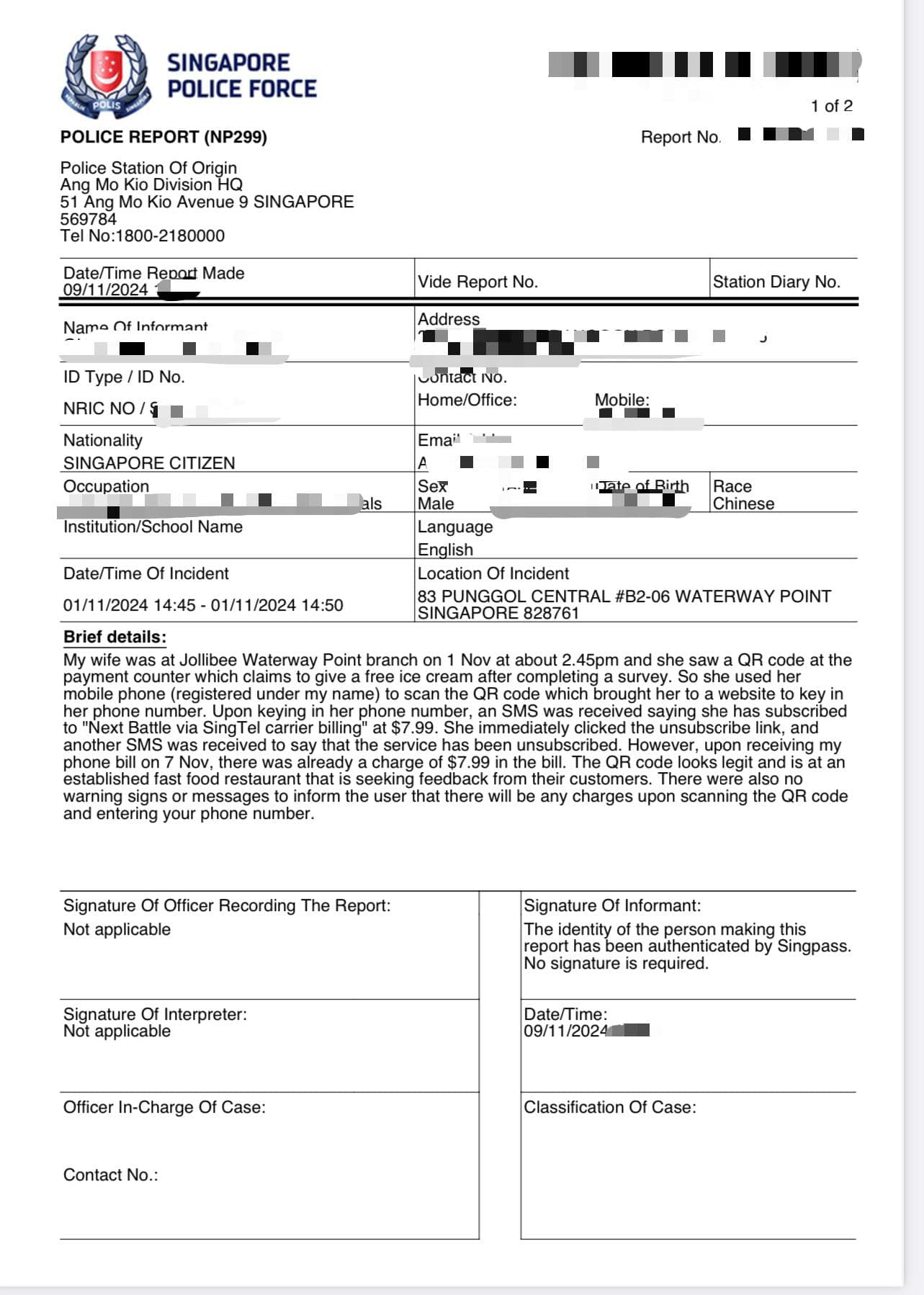SINGAPORE: In Lion City, children and teenagers are becoming more deeply immersed in their digital worlds, with smartphones and gadgets now a constant presence in their lives.
However, this growing dependence on technology is raising alarm bells among mental health professionals, who warn of an alarming rise in digital addiction and its associated behavioural problems.
According to The Straits Times, experts from Touch Community Services, a counselling organization, report a significant spike in cases of youth struggling with excessive use of digital devices.
In 2022, the organization handled 111 cases of digital addiction, marking a 58% increase from just 70 cases in 2019.
We Care Community Services, an addiction recovery centre, has also seen a rise in gaming addiction referrals, with more than a 20% increase since the pandemic, compared to pre-Covid levels.
The sharp rise in concerns comes as schools and parents increasingly seek advice on managing children’s growing attachment to their devices.
Tham Yuen Han, clinical director at We Care, explains that many parents have reached out in desperation after noticing signs of unhealthy dependence—like worsening academic performance, withdrawal from family activities, and the deterioration of social relationships.
“Parents are noticing their children are spending hours online, sometimes gaming or on social media, and these habits are starting to impact their day-to-day life,” said Tham.
The dark side of the digital world
Mental health experts say that digital addiction, including excessive gaming and time spent on social media, is a growing issue among young people in Singapore.
Dr Melvyn Zhang, a consultant at the Institute of Mental Health (IMH), cautions that the pervasive nature of technology in daily life is exacerbating concerns about its effects on mental health.
“The more embedded technology becomes in our daily routines, the greater the potential impact on mental well-being,” Dr Zhang notes.
IMH data reveals that nearly half of Singaporean youth aged 15 to 21 exhibit signs of “problematic smartphone use,” which includes symptoms like anxiety when separated from their devices and physical discomfort from prolonged usage.
Research shows that young people struggling with excessive device use are significantly more likely to experience depression, anxiety, and sleep disturbances.
One study also highlights the growing issue of cyberbullying, with more than one in four young people reporting excessive use of social media, particularly platforms like Instagram and TikTok, which can lead to negative mental health outcomes.
More than 20% of youths have experienced online bullying, and those affected by cyberbullying are twice as likely to suffer from severe depression and anxiety.
The social media trap: A personal story
A 17-year-old polytechnic student shared her harrowing experience of digital addiction and cyberbullying.
Spending up to seven hours a day on apps like Instagram and X (formerly Twitter), the student became deeply involved in online communities dedicated to her favourite K-pop idols.
However, after posting an opinion critical of a controversial idol, she was flooded with hateful messages, triggering a downward spiral in her mental health.
“I started getting hostile messages, with people cursing me and posting pictures of me online. The insults were constant, and it really affected my self-esteem.
I began questioning my appearance and whether the things they said about me were true,” she explained. Seeking therapy, she is now working on managing her social media use and taking care of her mental health.
The role of parents
The growing prevalence of digital addiction among youth has prompted various initiatives aimed at helping parents and caregivers navigate this new challenge. Madam Anita Low-Lim, chief transformation officer at Touch Wellness Group, says that more children are gaining access to digital devices at younger ages, and this has led to an increase in related concerns.
“While many parents give their children devices to stay connected, they also inadvertently expose them to risks such as online bullying, inappropriate content, and social isolation,” she said.
To address this, Touch launched the First Device Campaign in March, aimed at educating parents about managing screen time, online safety, and emotional well-being.
The campaign encourages parents to initiate conversations about healthy device use before problematic behaviours arise.
Since its launch, more than 3,000 families have participated, and the initiative is on track to reach over 10,000 families in the next two years.
We Care’s Tham advises parents to focus on their child’s developmental readiness rather than age alone when deciding to give them their first device.
She suggests that parents assess their children’s ability to understand healthy boundaries and their emotional maturity before introducing them to digital platforms.
Moreover, Tham emphasizes the importance of role-modelling healthy device habits—such as not using phones during family meals or conversations and designating “no phone” zones at home.
“We need to teach children how to manage their screen time and use devices responsibly,” said Tham.
“By taking an active role, parents can help create a healthy digital environment for their children,” she added.
As concerns over digital addiction continue to grow, experts agree that a balanced approach—where technology is used responsibly and with guidance—will be key to ensuring the mental well-being of Singapore’s younger generation.


















